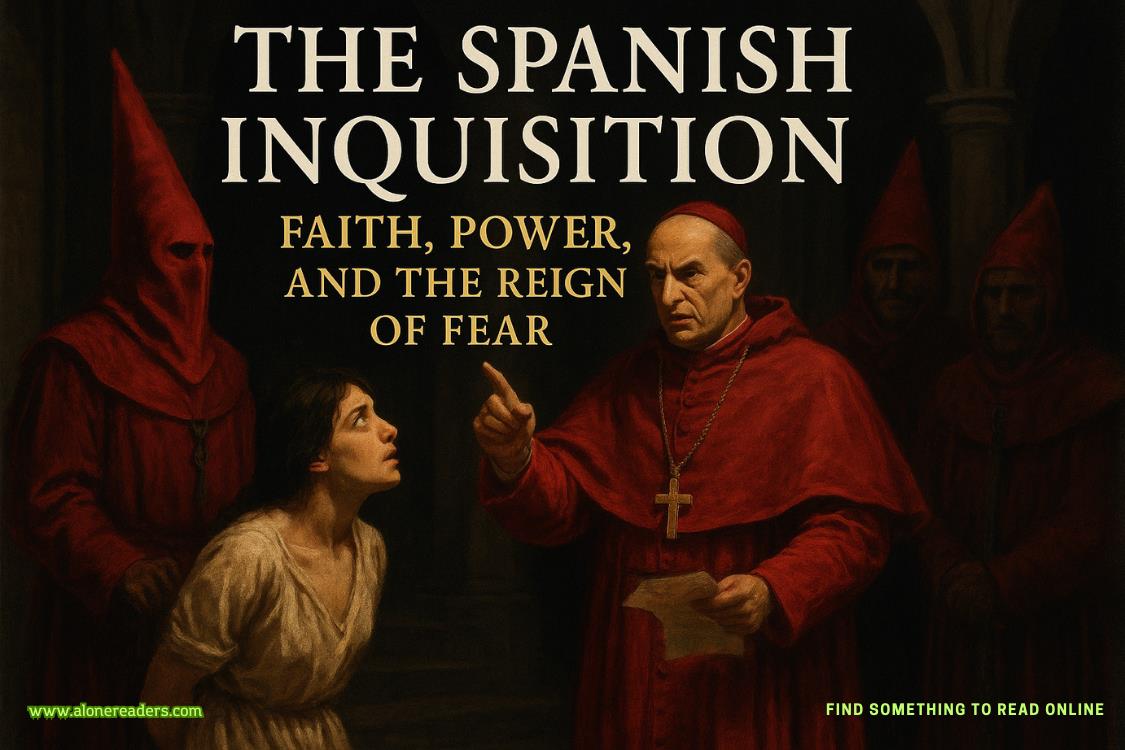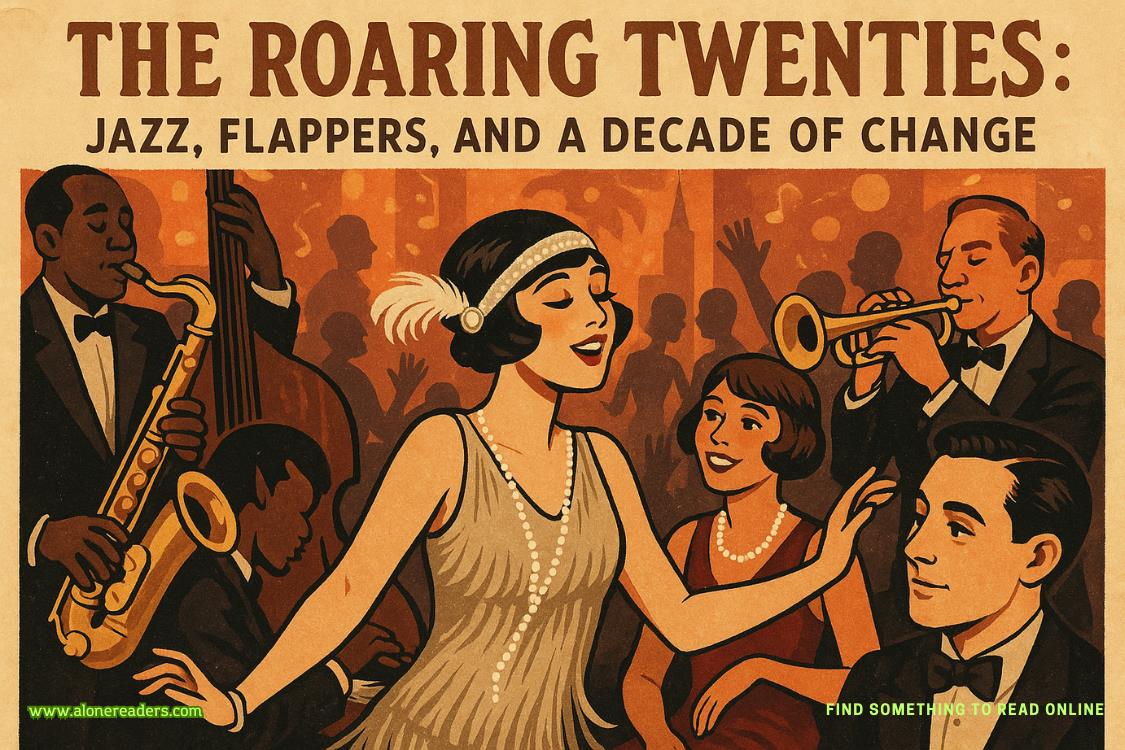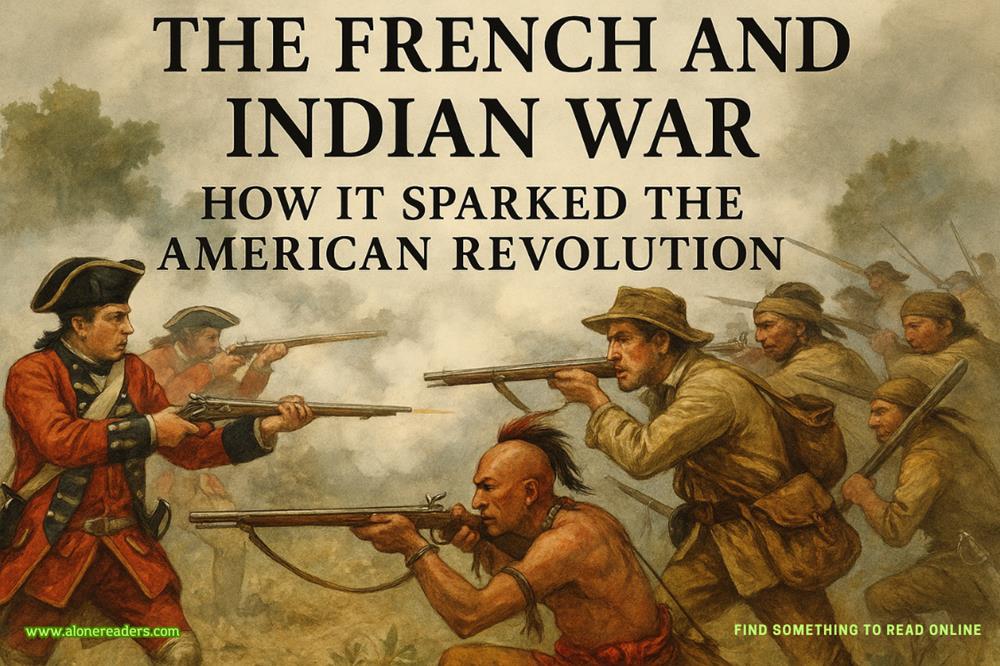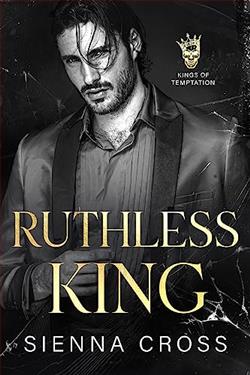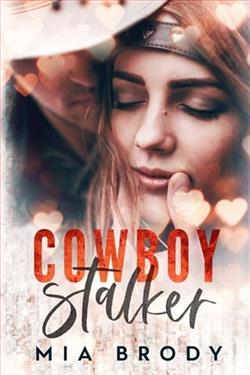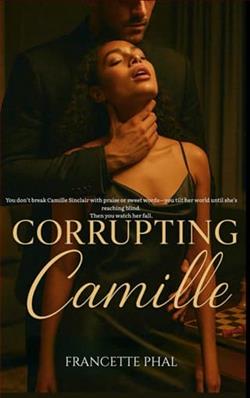Page 71 of All Good People Here
Margot nodded, her eyes not moving from the stack of containers in front of her. She wasn’t sure what was in them yet, but just the sight of those girls’ names written so cavalierly, so possessively, made her feel sick and sad and full of rage all at once. She swallowed. “Can you hold your light up? I need to take a picture.”
After she snapped a photo, Margot reached into the cardboard box with a shaking hand and grabbed the container labeled Natalie, grateful for the latex gloves. Margot didn’t want herfingerprints anywhere near this. She placed the Natalie box atop the others, then pried open the lid. When she saw what was inside, her eyes stung with tears.
It wasn’t fair, to have a girl’s life reduced to the contents of this little box, this random assortment of things. There was a hairbrush with long brown hair still tangled in its tines alongside a purple water bottle covered in glittery butterfly stickers, NAT scrawled across it in a child’s hand. Beneath these was a smattering of butterfly hairclips, and tucked to one side was a neat stack of photos.
The first picture, Margot saw when she lifted them out, was of Natalie Clark, her face familiar from her headshot on the news. In it, she was in purple leggings and a white T-shirt, swinging from a set of playground monkey bars, her legs midpump, her little face screwed up in concentration. Margot’s chest ached. When she flipped it over, though, her sadness morphed into rage. The wordsNatalie Clark, age five, 2019had been written in the same neat letters as the names on the box lids. Elliott Wallace fancied himself a collector—of both classic novels and little girls.
“What a fucking bastard,” Jodie said.
“Yeah.” It was the only thing Margot could think to say.
She flipped to the next photo, which had clearly been taken at the same playground. In this one, Natalie was wearing jean shorts and a neon green shirt. She was going down a slide. On the back again, was her name, age, and date.
Margot went through the rest of the photos, one by one, the images blurring together. It was clear Wallace had taken his time stalking the young girl, sneaking photos and surreptitiously collecting things from the ground where she’d left them. The fastidious way he’d done it all sent a shiver up Margot’s spine.
When she finished going through the little stack, she replaced the photos, snapped a picture on her phone of the box’s contents, then replaced the lid.
“There have to be a dozen boxes here,” Jodie said. “A dozen girls.”
Margot nodded.
“Do you…do you think they’re all dead?”
“I don’t know. I hope not.”
With Jodie holding her flashlight, Margot sifted carefully through the rest of the white-lidded boxes. As she did, the two of them realized the boxes were stacked in chronological order, the dates on the photos descending. And the further she went back in time, the fewer objects and photos there were. It seemed Wallace had evolved over the years, getting more patient and more meticulous with every subsequent victim.
Margot took a photo of everything in each new box, while Jodie did a Google search of its corresponding name on her phone. The girls, they quickly learned, had been located all over the Midwest. Sally Andrews had been from North Dakota, Mia Webster from Illinois, Hannah Gilbert from Nebraska—all places Annabelle Wallace said Elliott had lived.
“You don’t need to look this one up,” Margot told Jodie when they got to Polly’s box. “Her name’s Polly Limon. She’s from Ohio. He killed her.”
According to Jodie’s searches, just like Polly and Natalie, most of the little girls had been reported missing, then found a few days later, dead. All of them had died by strangulation or blunt force trauma to the head. All had signs of sexual abuse.
Some of the Google searches, however, didn’t produce unsettling news stories and heartbreaking obituaries, but rather regular results for regular, alive girls. Leah Henderson, originally from Wisconsin, was currently a sophomore at a local community college. Becca Walsh, from South Dakota, was in her high school’s marching band. Apparently, Wallace hadn’t succeeded with every girl.
By the time they made it to the second-to-last box, they’d discovered that seven of the fourteen boxes belonged to girls who’d been murdered. The rest had survived.
Margot reached down to grab the box labeled Lucy, but that wasn’t the one she was interested in. She wanted to see the name on the one underneath it—even though she already knew what it was going to say.
Sure enough, when she removed Lucy’s box, the name January was staring back at her. As Margot gazed down at the name of the girl from across the street, the girl who’d once upon a time been her closest friend, the girl she now knew had been her cousin, she realized her cheeks were wet. After all these years of wondering, of obsessing, of searching the face of every man she passed, finally she’d found the one she’d been looking for. And finally, she had the evidence to prove what he’d done.
THIRTY-THREE
Margot, 2019
Margot woke the next morning to the sound of her phone ringing. She flipped over on the futon and reached a hand to the little side table, patting around blindly. When her fingers landed on the cool plastic of her phone case, she grabbed it and squinted one eye at the screen. It was Adrienne.
Margot tried to sound awake when she answered, but her exhaustion must have been obvious, because her ex-boss’s first words were, “Oh, sorry. Did I wake you?”
“No.” She cleared her throat. “Just tired.”
There was a smile in Adrienne’s voice as she said, “I bet.”
The previous night, after Margot and Jodie had documented the entirety of Elliott Wallace’s perverse collection, they snuck out of the unit, climbed back over the fence, and headed to Wakarusa. As Jodie drove, Margot looked up the number for the Indiana State Police’s line for anonymous tips and told them everything—the location of the storage facility in Waterford Mills, Wallace’s unit number, and the incriminating evidence they’d found inside.
Jodie dropped her off at Luke’s, and Margot spent the rest of the early morning writing an exposé on Elliott Wallace, connectinghim to eight girls across the Midwest who’d been kidnapped and killed within the span of twenty-five years. At around six that morning, Margot sent her draft off to Adrienne then collapsed into bed.
“When I finished your story,” Adrienne said, “I looked Wallace up. I’m sure you already know, but the police just made an arrest.”

